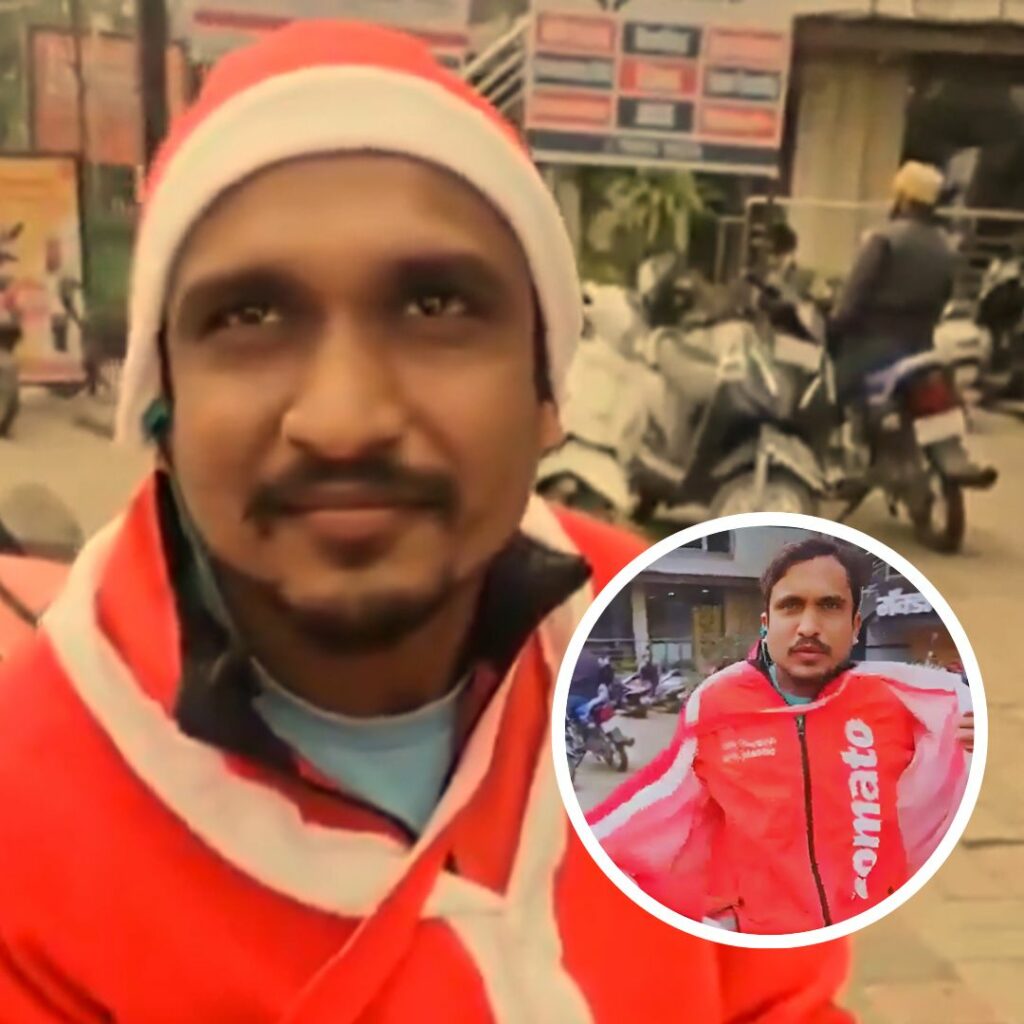In a groundbreaking development, the Delhi Police have identified Lalit Jha as the purported mastermind behind the recent security breach at Parliament, bringing to light a meticulously planned conspiracy designed to sow anarchy and coerce the government into meeting undisclosed demands. The revelation comes in the aftermath of the breach that occurred on the 22nd anniversary of the 2001 attack on Parliament, raising serious concerns about the security apparatus in place.
Lalit Jha, a native of West Bengal, found himself in police custody after being implicated in the Parliament security breach. The arrest, made in connection with the audacious breach, led to Jha being remanded to seven days of police custody. During intensive interrogation, Jha reportedly confessed to participating in multiple meetings to hatch the conspiracy, aimed at compromising the security of Parliament.
Post the breach, Jha managed to evade authorities and sought refuge in Rajasthan, where he remained for two days before returning to Delhi. His escape to another state adds layers of complexity to the investigation, requiring authorities to meticulously trace his movements during this critical period.
Missing Mobile Phones
A formidable challenge for investigators arises from the absence of mobile phones belonging to the accused. The missing phones are deemed crucial for tracing the origin of the conspiracy and unraveling the potential involvement of additional collaborators.
Investigators are actively exploring the possibility of foreign funding, pointing to the accused’s detailed planning and numerous visits to Delhi for reconnaissance. There are suspicions that an alternative plan was in place if the primary conspiracy failed to materialize.
The focus of the investigation has extended to the design of shoes that played a pivotal role in the breach. Authorities are diligently searching for the individual who aided the accused in designing shoes equipped with cavities to conceal smoke canisters, a critical component of the plot.
Delhi Police are preparing to approach Parliament, seeking permission to recreate the crime scene both inside and outside the Parliament building. Jha’s custodial interrogation is considered pivotal for unearthing the larger conspiracy, understanding the roles of additional individuals, and determining the motive that fueled the audacious breach.
Terrorism Charges & Modus Operandi
The FIR filed in the matter delineates the modus operandi employed by the accused duo, Sagar Sharma and Manoranjan D, to smuggle smoke canisters inside Parliament. Terrorism charges, under the stringent UAPA, have been levied against the four individuals involved in the breach, underscoring the gravity of their actions.
In a bid to gain insight into the mindset of one of the accused, Sagar Sharma, police in Lucknow forwarded a diary allegedly belonging to Sharma to their counterparts in Delhi. The contents of the diary could provide valuable clues into the lead-up to the breach.
The shocking revelation has left Lalit Jha’s family in a state of disbelief. Describing him as a calm and quiet individual, family members express ignorance about his involvement in such activities. This unexpected twist adds a human dimension to the unfolding situation, raising questions about the factors that led Jha down this unexpected path.
As the investigation into the Parliament security breach unfolds, the identification of Lalit Jha as the alleged mastermind injects new dimensions into an already complex scenario. The unraveling motives, the quest for missing phones, and the meticulous planning involved in the breach underscore the gravity of the conspiracy. Delhi Police’s relentless pursuit of the truth seeks to expose the larger picture, shedding light on a plot that not only aimed to compromise security but also sought to plunge the nation into chaos. As legal proceedings progress and investigative efforts intensify, the nation awaits answers about the collaborators and forces at play in this audacious breach and the subsequent uncovering of justice.
Also Read: Unraveling The Rich Tapestry Of Gujarat’s Siddi Community: From African Roots To Modern Resilience











